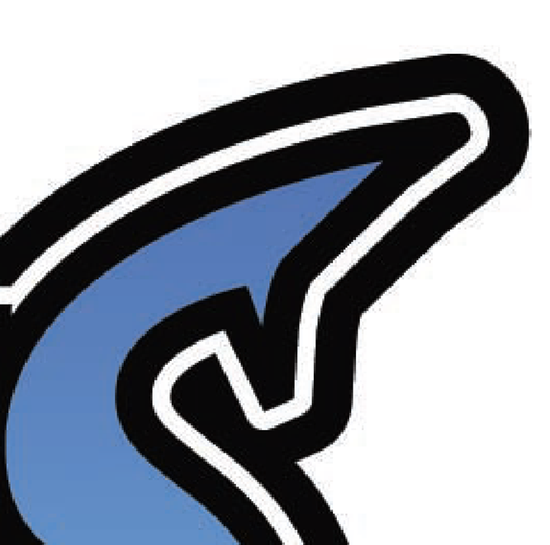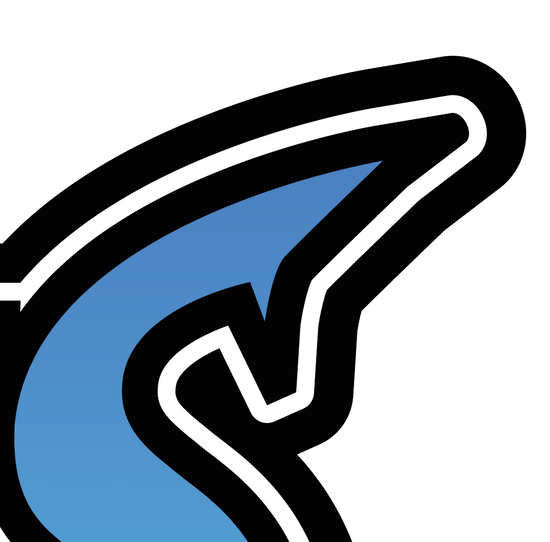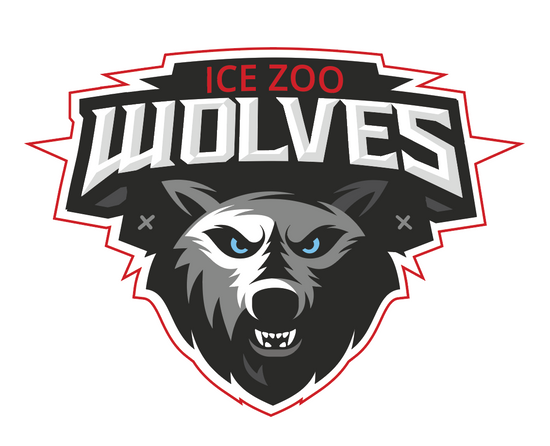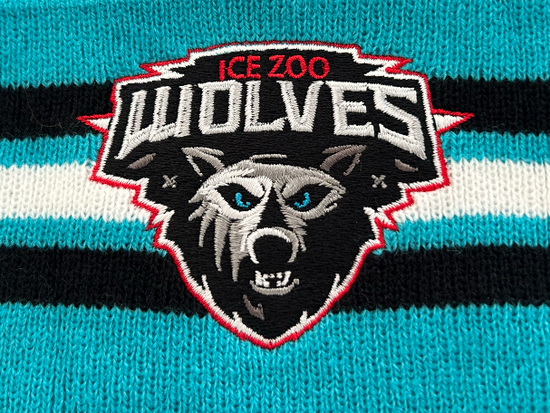ARTWORK GUIDELINES
When providing your logo for printing or embroidery, it’s important to understand which file types work best. The quality of your final product depends heavily on the type of file you supply.
Below, we’ll explain the difference between JPEG and vector files, why vector files are needed for printing, and how each format affects the clarity and accuracy of your logo on uniforms and merchandise.
ARTWORK FOR PRINTING & SUBLIMATION
When it comes to printing your logo or design, the type of file you provide makes a big difference to the final result. Here’s a quick guide to help you understand the difference between JPEG and Vector files - and why it matters.
-

JPEG Files (Raster Images)
JPEGs are made up of tiny coloured squares called pixels. They’re perfect for photos, social media, and websites, but not ideal for printing. When enlarged, JPEGs can become blurry or pixelated, and the edges of your logo may lose sharpness.
Common file types: .jpg, .png, .gif -

Vector Files
Vector files use mathematical paths instead of pixels, meaning they can be scaled to any size without losing quality. Whether it’s printed on a small sleeve or a large banner, your logo will always look crisp and professional.
Common file types: .ai, .eps, .pdf, .svg
WHY WE ASK FOR VECTOR FILES
For us to produce the best quality uniforms and merchandise, we need a vector version of your logo. This ensures clean lines, accurate colours, and sharp results across all printing methods.
If you’re unsure whether your logo is in vector format, simply email us your files and we’ll check them for you. If needed, we can also provide a quote to have your logo professionally redrawn into the correct format.
WHY ONLINE VECTOR CONVERSIONS DON'T ALWAYS WORK
While there are online tools that can convert a JPEG into a vector file, these often don’t produce true, usable vector artwork. If the original JPEG is low quality or pixelated, the conversion will simply trace those imperfections, resulting in rough edges and poor detail. For printing, this can lead to blurry or uneven results. A professionally redrawn vector ensures clean lines, accurate colours, and the best possible finish on your garments and merchandise.
ARTWORK FOR EMBROIDERY
For embroidery, a vector file isn’t required. Instead, we just need a high-quality JPEG version of your logo. During the embroidery setup process, your logo is digitised, meaning it’s converted into a stitch file that tells the embroidery machine how to recreate your design in thread.
As long as your JPEG is clear and not pixelated, we can accurately digitise your logo for a sharp, professional finish.
-

HIGH QUALITY JPEG LOGO
A clear, high-resolution JPEG gives us the best base to work from when setting up your embroidery. The cleaner and sharper your logo is, the more accurately it can be digitised for stitching.
-

FINISHED EMBROIDERY RESULT
Here you can see how your logo translates from a digital image into a stitched design. The embroidery process captures the main details, colours, and shape of your logo, creating a durable and professional finish that looks great on any garment.




